Attitude of Wisdom and Elegant Life - Chinese Scholars' Treasures Collection Guide
- OGP
- May 15, 2019
- 11 min read
Updated: Oct 13, 2022
By OGP Reporters / Members Contribute File Photos
Oh Good Party
Nowadays, with the popularity of technology, most of the “scholars' treasures" have almost lost their actual functions as office appliances. But in the art auction market, these treasures have shown a different vitality. In the past decade, scholars' treasures has become one of the important collections.
Last week, OGP was invited as a guest to participate in a calligrapher event. Mr. Ye Guohua, the chairman of the Chinese Calligraphy Society of Taiwan, came to Canada to present his fine calligraphy works and his creative experience. After listening carefully to his thinking and review, we have conducted in-depth exchanges on the collection of traditional Chinese Scholars' Treasures with our member of OGP Collectors' Club.
Although calligraphers and collectors have different perspectives on the appreciation of scholars' treasures, their common features that scholars' treasures are their favourite. Collectors may not be as exquisite and outstanding as the calligrapher in writing, but they treat these treasures of study must be the same as any calligraphy master. And most of calligraphers also are big collectors, who absolute supporters of the treasures of fine scholars.
The history of Chinese scholars' treasures is very long. They appear from Chinese writing and they exist in the scholar's study. However, with the progress and changes of the times, more scholars are constantly used the brush, ink, paper and ink stone for writing and painting, so the collection of scholars' treasures is increasingly favoured by collectors.
Scholars' treasures have always belonged to the literati's preference. First, it is reflected in historical values and cultural values. The Chinese literati class is a large and sturdy political system. In ancient times, "the emperor and the scholar-officials jointly ruled the world", the scholar-officials refer to the literati. Officials and literati pay special attention to class inheritance and orthodoxy, and the scholars treasures used by ancient celebrities are the representative of inheritance. Second, it represents the spiritual thinking of the literati. Since ancient times, the Chinese have had a fixed mindset of ".To be a scholar is to be the top of society." The study is considered to be an important private place to entertain guests and friends. The treasures of scholars are considered to be an elegant way of showing their knowledge, and ambition. In addition, the craftsman's technology is indispensable, because the scholars' treasures is mostly small objects, high-quality micro-work is the most able to consider the cultural literacy and skill level of the craftsman.
Nowadays, with the popularity of technology, most of the “scholars' treasures" have almost lost their actual functions as office appliances. But in the art auction market, these treasures have shown a different vitality. In the past decade, scholars' treasures has become one of the important collections.
For example, a Ru Guanyao Brush Waster, Northern Song Dynasty (HK$ 207 million), a "Taishang Huangdi Zhi Bao" Jade Seal, Qing Dynasty, Qianlong period (RMB 161 million), a "Yu Long Hai Shou" Zitan Wood Pen Holder (RMB 55.2 million), a "Bi Xie Shui Chen" Jadeite Jade, Qing Dynasty, Qianlong period (RMB 45.45 million), A Tianhuang Carving of a Recumbent Lion by Yang Yuxuan, Ming dynasty, 17th century (RMB 40.89 million)…... these prices make amazing that it's not traditional Chinese paintings and calligraphys, also not ancient porcelains and jades, but created by scholars' treasures.
So which are the varieties of the scholars' treasure?
In the Song Dynasty, Wu Zimu's "Meng Liang Lu" Volume III "Scholars Going to the final imperial examinations" records: "The scholars are allowed to bring 'Four Treasures of the Study', and text scroll. Any other objects are not allowed to bring to the palace." The "Treasures" refers to the brush, ink, paper and ink stone. The term of "scholars' treasure", or "wenfang" was first seen in the literature during the Northern and Southern Dynasties, when it was specifically referred to as the place where the national code was written. The literati Su Yijian of Southern Tang Dynasty wrote the book "The Four Books of the Scholars' Treasure". This is the beginning of the Song Dynasty's emphasis on the scholars' treasure. The book mainly describes the four treasures of brush, ink, paper and ink stone. In the early years of the Ming Dynasty, Cao Zhao’s "Ge Gu Essentials" divided the scholars' treasure into thirteen categories, namely: guqins, ancient inks, ancient monuments, Epigraphy Yi scripts, ancient paintings, treasures, ancient bronzes, ancient ink stones, viewing stones, ancient kiln wares, ancient lacquerwares, ancient brocades, viewing plants. At the end of the Ming Dynasty, in the book "Elegant Stationery Collection" by Tu Long, there were more than forty-five kinds of scholars' treasure objects in the library. Among them, there were brush holders, ink stone shelfs, Brush pots, and some fine objects with related to writing and painting.
Up to this day, there are many kinds of utensils, various materials, and different style in the scholars' treasure. The Chinese traditional things used in the study room all can be called the "Scholars' Treasure". They are spectacular, amazing, and unique. Although these objects are small things, you can also form rare series by your carefully collect.
What's more important is -- that the scholars' treasure relics carry the spirit and culture of Chinese literati for thousands of years, and it will through to inherit for timeless.
The investment in Chinese painting and calligraphy has been rising since the 1990s, while the objects in the scholars' treasure in contrast. It has gradually declined due to various factors such as preservation difficulties, environmental pollution, ack of technology, and no successors. For example, there is a lack of historical documentation related to the production process, and there is not enough record. Most of the folk studios are the family craft workshop-style production process, which is very likely to cause environmental pollution, and cannot pass the government hygiene inspection. In fact, these important factors not only affect the manufacture and development of traditional houses, but also affect a lot of traditional handicrafts.
Not only that the value of the scholars' treasure on the market is influenced by many factors, such as the collections made by famous masters, or collected by famous collectors, rare materials and excellent craftsmanship, as well as the chronological style are all crucial.
In 2006, Jiade auction house (China) took the first auction of the "Scholars' Treasure of Yong Song Ge", which became the first step in the entry of the scholars' treasure objects into the mainstream collection. After that these auctions "Ming and Qing Seals of Yi Xing Xuan Collections", "Famouse Scholars' Treasure of Yong Song Ge", "Zhang Yu Zhai's Ancient Collection", "Study Room Objects of Ming and Qing Dynasties", "Ink House's Long Object", "A Literati's The desk" have reversed the collection status of the scholars' treasure, e.g. a "Scholars' Treasure of Yong Song Ge" has 116 cases of scholars' treasure objects. The turnover rate was 84% and the total turnover was as high as RMB 35.9 million.
Since then, Xiling Seal Art Society auction house launched many auctions of various scholars' treasures, such as engraving, ink stones, viewing stones, bamboo carving, writing brushes, tea sets, stone sculptures, Tian Huang stones, book of ancient seals, purple sand pots, incense tools, royal kiln and gold bricks, etc. In 2009, Xiling Seal Art Society auctioned "Many Generations of Famous Scholars' Treasure Miscellaneous Objects", "The Ancestral Bamboo Carvings and Viewing Stones", and "Famous Masters Engravings, and Lu Yanshao's Treasures" with a total turnover of nearly RMB 20 million. A group of "Huang Binhong's self-use seal" shot a price of RMB 1.344 million, while another one ”Xiangshan Nine Old Men of Golden Huangtian Stone Seal" was sold at a high price of RMB 2.128 million. Furthermore, Sotheby's Hong Kong has once again set off a re-recognition of the value of the viewing stones in the collection market with the collection of "The Important Viewing Stones of Yong Song Ge" and "The Treasures of the Shi Song Stone House".
So the utensils of the scholars' treasure entered the billion-Yuan era.
Beijing Poly in the autumn of 2011, a "Taishang Huangdi Zhi Bao" Jade Seal, Qing Dynasty, Qianlong period" was sold RMB 161 million. This not only refreshed the world record of royal jade and white jade auctions, but also set a new record for the auction price of the scholars' treasure. In the auction market, "the royal" utensils can almost be favored by collectors. In addition, such as the collector's "Yu Long Hai Shou" Zitan Wood Pen Holder", "Ji Xiaolan's Ziyun ink stone, Qing Dynasty, Qianlong period", Wu Changshuo, Qi Baishi and other celebrity seals are also attracting attention.
For the collectors of the scholars' treasure, they have different investment strategies. As senior collectors, it is best to choose an orderly collection, especially the famous recommendations of the famous auction house. But, as junior collectors, you should be cautious whatever the purchasing for private collections, or investments. The best way is to follow the experience of collectors to accumulate experience. We are more inclined to the private collections of some famous collectors, which also guarantees the authenticity of the treasures in the maximum extent.
OGP has also list some collection highlights and notes so that you can use them for reference when your purchasing.
Some keys for collect ink stones:
The factors that determine the value of the ink stones: materials, inscriptions, and engravings. Good stones is the basis for determining its value, and the inscription is very important, even higher than the engravings. In an ink stone, the poetry, calligraphy, painting, and inscription are all important. The reputation and influence of the masters is greater, the decisive factor in the value of ink stones. It was followed by a superb carving process. A literati 's ink stone can to be collected that must be perfect on the style and inscriptions. The form and text of engraving also must be excellent, Pay attention to the details, the inscription must be exactly the same as the original calligraphy. Aphorisms or aphorisms need to be just right, including the characteristics of their authors. We believe that collections or investment in early-stage treasures of famous masters' works are more value-for-money. At present, Duan ink stone is the favorite among collectors in Duan ink stone, She ink stone, Caohe ink stone, and Chengni ink stone. Duan ink stone due to the depletion of resources, the local government imposed a ban on all pits in 2000, which led to the cessation of the market. So the value is rising rapidly. force should also be separated by layers, and small objects can be stored in small wooden baskets.
Some keys for collect inks:
The collection of ancient inks is very difficult, because ink is a consumable item that must be used by paintings and calligraphy. It is extremely vulnerable and has a limited number of existence. Ink strips are the most replaced by industrial products. Because the efficiency of grinding is too low, contemporary artists basically use the ready-made ink to write or draw, and few people will still grind. Therefore, the practicality of the ink stick is almost none. Ancient ink can be divided into practical ink and ornamental ink according to the purpose. Practical inks focus on practicality, while ornamental inks focus on shapes, colours , and patterns. Good ornamental inks combine poetry, calligraphy, painting, inscription, engraving, sculpture arts, and ink making techniques. It is very difficult to collect those exquisite ornamental inks, and the price is very high. Because the fake ancient ink can be profitable, the market is full of fakes, so many collectors are fooled. Therefore, we must remind you that it must be carefully identified in the collection of ancient inks. If you find multi-ingots or batches of old inks, then you should never buy them. To know the ancient ink, you should first determine whether it is pine smoke ink, oil smoke ink, or mixed smoke ink. The pine smoke ink is lighter than the oil smoke ink, and it has a thick and solid quality in the hand, but there are also fakes that are inferior to the weight and increase in weight. The good ancient inks of texture is tough and fine, and the smell should be pure, or there is fragrance. When your use grinding, it is fine and no foam, as well as the ink less loss, and the pen is not glued. The sound is crisp and clear when you tap it. The ancient inks are mostly painted, and there are many small cracks in the filaments. The high-grade ancient inks =, more use real gold crosswords. The loss of gold fading can be determined by the age of the production.
Some keys for collect seals:
Together with Chinese painting and Chinese calligraphy, the seal is known as the "three musts" in Chinese traditional art. In the late Ming and Qing Dynasties, the seal of Shoushan stone became a symbol of the power of the emperor. The value of Shoushan stone, especially Tian Huang stone, also rising. There is a saying of "50g Tian Huang stone equals 150g gold." There are a variety of materials in seals such as gold, silver, copper, iron, teeth, wood, jade, stone, horns, and even glass. Whether the official seals or private seals, the seals used by celebrities or carved by Shoushan Stone's famous artists have great collection value. Only the official seal is mastered by the state administrative magistrate. It is rare, and hard to find, so the price is very expensive. The ancient seal is the exclusive engraving material of the emperor's royal family and the bureaucratic family. The authorities in power are also not allowed to use it by the people. In particular, the value of the emperor's seal is much higher than that of the Official‘s seal. The ancient seals have rare materials, historically significant, and collection of seals from famous master engraving. Such as Wu Rangzhi, Wu Changshuo, Qi Baishi, Wang Fuzhen, Chen Julai and other representative figures. In addition, seals of Yang Yuxi, Zhou Shangjun, Zhang Daqian, Lin Qingqing, Lin Wenju, etc. are worth collecting. We recommend that you learn more about the accumulation of seal knowledge and focus on collecting. Understand the basic seal knowledge, engraving, imprinting and other information that can avoid missing in your collection of treasures. Collecting seals is definitely not a simple study. Remember to know more, and then take the purchasing.
Some keys for collect brush pots:
The brush pots can best reflect the characteristics of the literati in terms of material diversity and process complexity. Since 1994, the price of Zitan wood brush pot doubles price every year that initially at tens of thousands yuan, and now it's at least a million yuan. Among the porcelain brush pot, the largest number of blue and white porcelain of Emperor Kangxi have the most volume. The brush pots of the Ming and Qing Dynasties were mainly the two schools of Jiading, and Jinling. In the Ming Dynasty, the pursuit of simplicity and quality, especially the bamboo brush pots were unique. In the Qing Dynasty, they pursued fine, and colourful, and used precious materials. When you buy a porcelain brush pots, in addition to the quality of the basic material and glaze, the main thing is to look at the level of porcelain painting and colour. The ability to artist's painting has led to a huge price fluctuation. The antique brush pots are mainly divided into six categories according to the materials, namely porcelain, wood, bamboo, lacquer, jade and ivory. Judging the value of pen holder collection depends on its material and craft. The precious scarcity of materials determines the value of collection, and the more artistic and artistic pen holders are more collectible. Especially in the middle and late Qing Dynasty, some poetry and painting masters often like to display their works on the brush pots. Therefore, the value of brush pots with celebrities, poems, paintings or inscriptions is often of great value.
As for the brush and paper, we analysis that it does not have the conditions to become a popular collection on the perspective of collectability, appreciation and investment. So we don't recommended them for collection in your treasure list. Anyways, brush waster, incense burner, jade, shanzi, viewing stone and other scholars' treasure objects, we think it is also a good choice.
In the past, the collection of scholars' treasure was dominated by literati, such as scholars and artists. And now, it has evolved into the pursuit of culture and tradition by the elite. We have to say that this is the charm of Chinese traditional culture, so that literati's things can be passed down for thousands of years. We believe that with the increasing number of wealthy people in China, the scholars' treasure market will be broader.

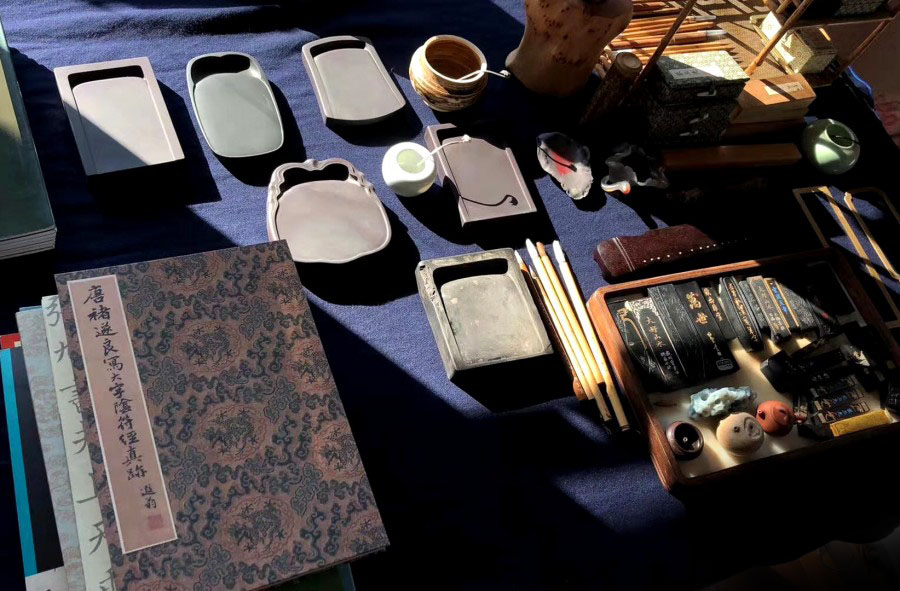



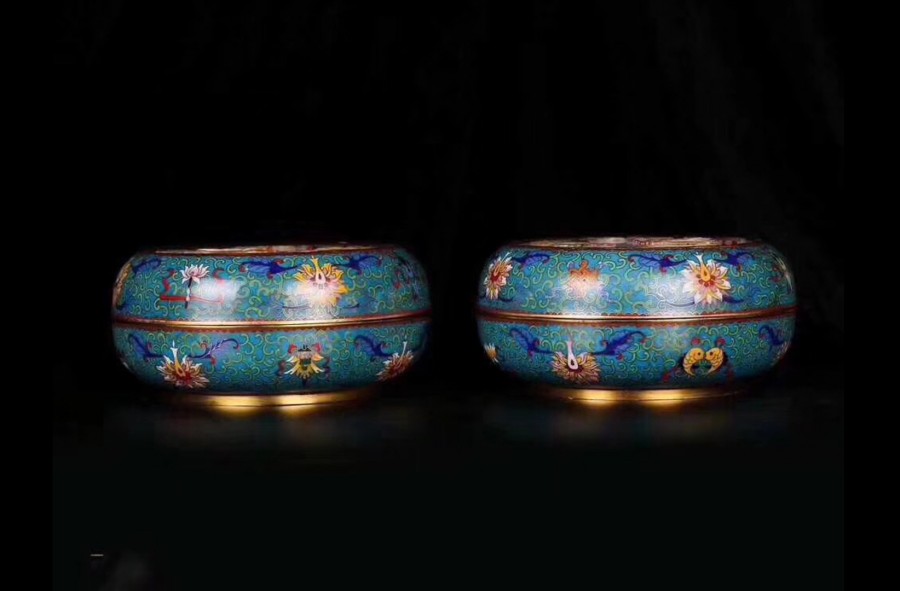

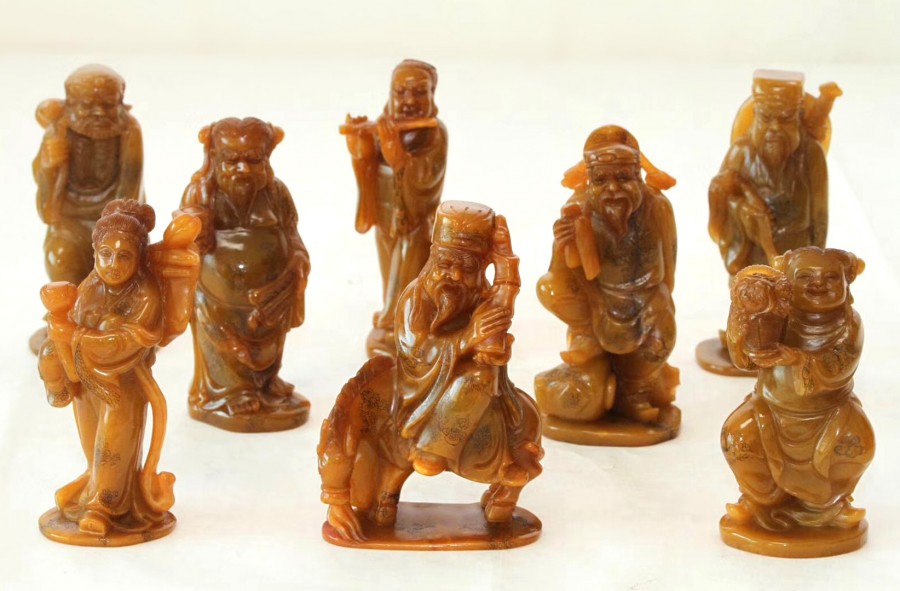

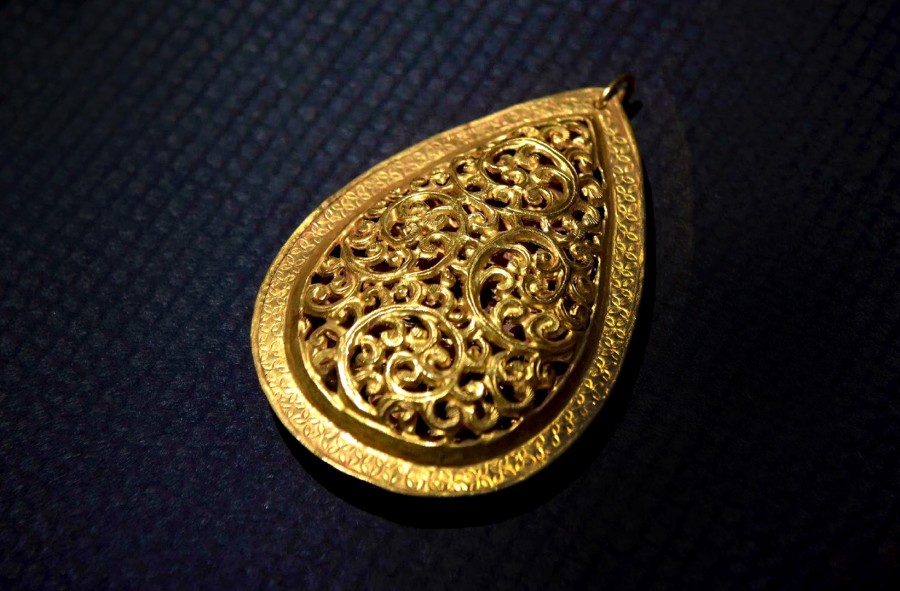

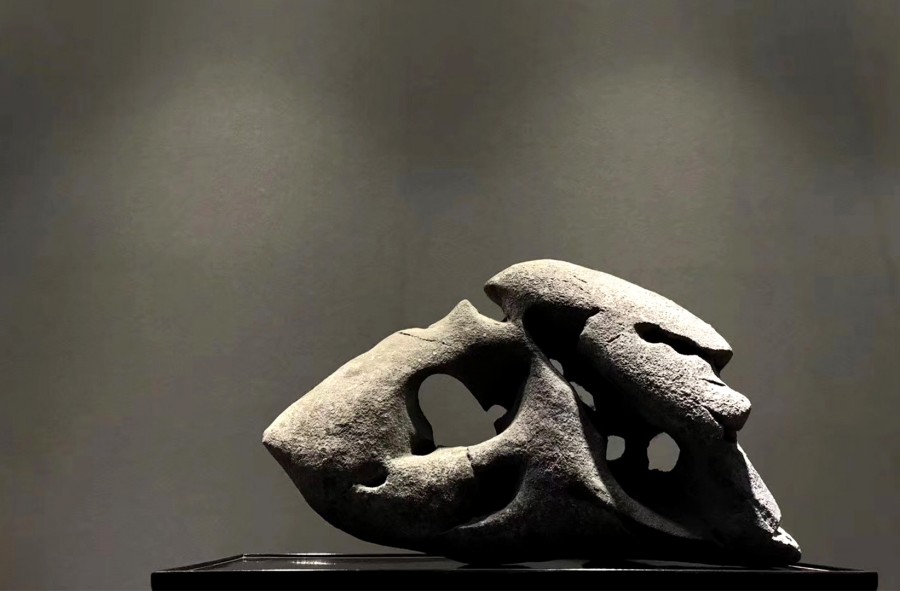
コメント